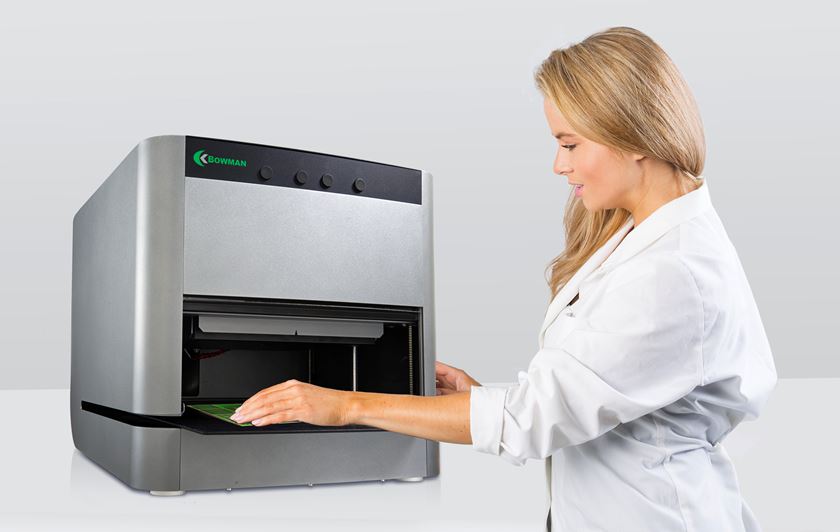Wash Primer Over Chromate?
Question: I am an independent technical service provider whose niche is to help those who do not buy enough from the big suppliers to get “free” tech service, and the little guys are keeping me busy!
Question:
I am an independent technical service provider whose niche is to help those who do not buy enough from the big suppliers to get “free” tech service, and the little guys are keeping me busy!
Under finishing.com, I asked for help in convincing my client to challenge his customer (a big aircraft oriented conglomerate) that it is harmful to apply acid wash primer over aluminum chromate. One of the responders referred me to you. Can/will you help me document the evidence that acid wash primers degrade aluminum chromate, and that you never do both to the same piece of aluminum? B.P.
Featured Content
Answer:
The problem is not that phosphoric-acid-activated vinyl wash primers degrade aluminum chromate. Instead, the problem is that the primer will not develop maximum adhesion to the substrate because to do so it must react with bare aluminum.
I’m not exactly sure how this fallacy originated. It probably started during World War II to solve severe corrosion conditions on military aircraft used in the Pacific Theater of Operations. Someone got the bright idea that if chromate pretreatments protected aluminum surfaces and acid-activated vinyl wash primers protected aluminum surfaces, using both would provide better protection, a belt and suspenders approach. As a former USAF officer, I can only blame the United States Navy for this fallacy. When I had a real job at Westinghouse Research Labs while working on a contract for the navy, I had a discussion with their people on this very subject. To make matters worse, this fallacy became part of the MIL Specs, covering wash primers, which they were happy to show me. I didn’t agree then, and I don’t agree now.
Chromate conversion coatings are pretreatments for aluminum. Phosphoric acid-activated vinyl wash primers are pretreatments for aluminum. It is well-known that pretreatments are not to be applied over other pretreatments. It is also well-known that to develop maximum adhesion and, therefore, corrosion resistance, these wash primers must be applied to bare (untreated) metal. The supplier’s data sheets should spell this out.
By the way, the phrase “it is well-known” is code for “I don’t have documentation in the form of supplier’s data sheets and Mil Specs.” However, I do have other references. The first is, “Organic Coatings, Properties, Selection and Use,” U.S. Dept of Commerce, U.S. Government Printing Office, 1968, section 6.3.4. Aluminum and its alloys, ...The clean surface should be pretreated immediately by one of the following methods: 1) Wash primer type of organic coating pretreatment described in section 6.3.2.5. and covered by MIL-C-15328; 2) Chemical coating pretreatment covered by MIL-C-5541; or 3) Anodic coating pretreatment. It is important to note that it states “...one of the following.” In the same document, describing pretreatment of steel, the last sentence of section 6.3.2.5 Organic Pretreatment Coating (wash primer) states, “Wash primer should not be used on phosphated steel or other pretreatments. Yes, I know it talks about steel. The phosphoric acid reacts with the steel and aluminum to develop maximum adhesion. It actually forms an organometallic complex at the primer-metal interface.
The other reference is in Industrial Painting: Principles and Practices by Norman R. Roobol, Gardner Publications Inc., page 47. “Wash primers are intended for use on clean bare metal. They are not normally applied over metal that has been phosphated or chromated. Although a conversion coating plus wash primer is required in some military applications, it is not recommended. The acid should react with bare metal: it may not react and thus can cause blisters if applied over conversion coatings. Recently, a few military specifications have been updated to omit a wash primer when the substrate is conversion-coated.”
I hope this information helps. As you can see, this belt and suspender approach is not only redundant, it is also counterproductive. Incidentally, I remember a guy back in Dunbar, PA, who wore belt and suspenders. I guess he was afraid of losing his pants. If your client has paint failures, he could lose his shirt. I don’t know if I presented a convincing enough case for your purposes. In any event, I wouldn’t apply wash primer over chromate on my aluminum products.
Also, Products Finishing ran a series of articles, “Zinc Phosphate Coatings on Non-Ferrous Substrates.” You can find them at pfonline.com in the articles section.


















